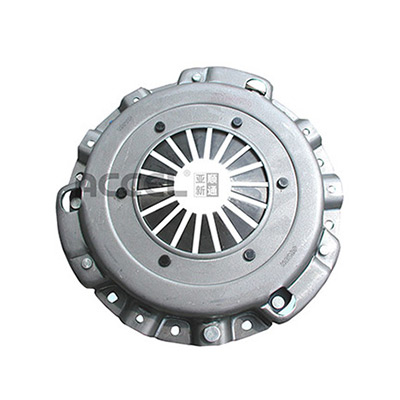Types of Parking Facilities
Types of Parking Facilities
As urban areas continue to expand and the number of vehicles on the roads increases, the demand for efficient parking solutions has become more critical than ever. Parking facilities are designed to accommodate cars and provide convenience to drivers while maintaining safety and organization. There are several types of parking facilities, each serving different needs and purposes.
1. On-Street Parking
On-street parking is commonly found in urban environments, where vehicles are parked directly alongside the roadway. This type of parking can be metered or unmetered, depending on local regulations. On-street parking is convenient for quick trips into shops or businesses, but it can also lead to congestion and safety concerns, particularly in densely populated areas. Many cities are implementing smart parking meters that use technology to streamline payment and occupancy monitoring.
2. Off-Street Parking Lots
Off-street parking lots are designated areas away from the main road, typically found in commercial or retail centers. These lots can vary in size from small private lots to large expanses that accommodate hundreds of vehicles. Off-street parking provides a more organized and safer environment for both drivers and pedestrians compared to on-street options. The design of these lots can vary, with some featuring designated spaces for disabled individuals, electric vehicle charging stations, and landscaping to improve aesthetics.
3. Multi-Story Parking Garages
types of parking facilities

Multi-story parking garages maximize space by building upwards rather than outwards. These structures are especially useful in urban areas where land is limited and expensive. Garages can range from a few levels to several stories high, providing hundreds or even thousands of parking spaces. Technological advancements, such as automated parking systems, are increasingly being integrated into these garages, allowing vehicles to be parked without the need for a driver to exit the car. This not only saves space but also reduces the time required for parking.
4. Park-and-Ride Facilities
Park-and-ride facilities are strategically located parking areas that enable commuters to leave their vehicles and use public transportation to reach their final destinations. This type of parking is particularly beneficial in reducing traffic congestion and lowering carbon emissions. Park-and-ride lots are often located near train or bus stations, encouraging the use of public transit and making it easier for commuters to access urban centers without the hassle of finding parking.
5. Valet Parking
Valet parking is a service offered by many hotels, restaurants, and event venues, where trained staff members park vehicles on behalf of the guests. This convenience saves time for the driver and ensures their vehicle is parked safely. However, valet parking typically comes at an additional cost, reflecting the convenience and service provided.
Conclusion
As cities continue to grow, the management of parking spaces becomes increasingly important. Understanding the various types of parking facilities can help urban planners, businesses, and residents make informed decisions about parking solutions. Efficient parking not only improves the overall traffic flow but also enhances the experience for both visitors and residents, contributing to vibrant and accessible urban spaces.
-
Understanding Voltage in Battery for Children's Motorized CarNewsJun.05,2025
-
Safety Features to Look for in an Electric Car for KidsNewsJun.05,2025
-
How to Teach Your Child to Ride a Kids MotorcycleNewsJun.05,2025
-
How to Prevent Falls on a Balanced ScooterNewsJun.05,2025
-
How to Maintain Your 3 Wheeled Scooter for LongevityNewsJun.05,2025
-
Best Motorcycle Scooters for Urban CommutingNewsJun.05,2025
